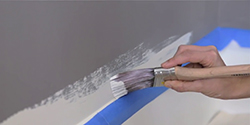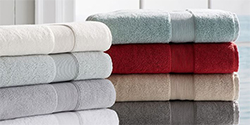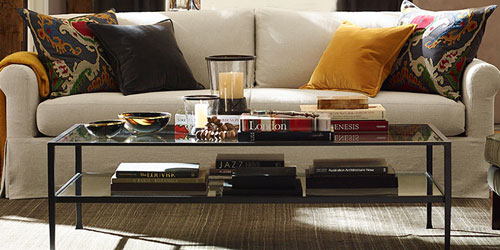Eggshell Planters: Starting Seeds in Eggshells

Whether you’re working on enriching your soil, limiting bugs or starting seeds, eggshells are surprisingly useful in the garden. With their high calcium content and handy size and shape, eggshells deserve a second life in helping you get your garden ready to bloom. Composting your eggshells is always a good idea, but if you have some halved shells that still have their round ends intact after you crack them, consider using them like mini planters to start some seeds. Eggshell seed starters provide an easy, efficient alternative to soil starter kits while protecting delicate sprouts from the elements before they’re ready to go into the ground.
Get Started
To get your eggshell plant pot project underway, gather some empty eggshells, soil and seeds. Choose rich soil without a lot of perlite or grit so the seeds can sprout easily. You’ll also want to make sure your eggshells are large enough to accommodate the seeds. Try to keep at least half of the eggshell intact to make a little cup for the soil to sit in. If possible, make a little pin prick at the bottom of the shell so the soil can drain easily.
As you’re starting seeds in eggshells, it’s also helpful to have some sort of container to hold your eggshells in place and make it easier to transport the sprouts when they’re ready for planting. You can reuse your egg carton for this, or you can pick out a pretty ceramic or porcelain egg crate for a decorative effect. Any other container you can think of that’s stable and sturdy will work well – the eggs make convenient container on their own, but they can use some assistance staying upright due to their round ends. When you bring in reinforcements to support and steady the eggshells, you give your seeds a better chance at success!
Plant and Place
When you have your shells and supports all set up, it’s time to start planting the seeds in eggshell plant pots. Each shell can get a good measure of soil, but it’s important to read the instructions for the specific kind of seeds you’re sowing. Some seeds need to be planted deeper in the dirt than others. Once you plant your seeds, give them just a little bit of water and set them in a sunny window that gets bright, consistent light. You can use a full-spectrum grow lamp if you don’t have a spot with much sunlight.
As your seeds start growing, keep your eggshell soil damp, but not wet, until you start seeing little green sprouts poking up. To give them the amount of water they need, you can use a mist sprayer or eyedropper rather than a watering can so it’s easy to add just enough to the seeds and sprouts. This is one of the many reasons why it’s a good idea to start your seeds indoors before they head outdoors – it’s easier to control how much water the delicate little plants get, and they’ll also stay protected from wind, pests and unexpected temperature dips.
Care and Display
Once your sprouts are coming up and growing strong, thin them out so there’s only one or two baby plants growing in each of your eggshell planters. As the plants grow bigger, they’ll compete for water and nutrient resources, so you give your plants a great chance at survival when you pull out the least-healthy sprouts in your planters. When the remaining sprouts grow large enough to get planted, you can gently crush the eggshell and add it into the soil. It’s an eco-friendly way to give your plants a nutrient boost.
You can also use your eggshell seed starters as decor in addition to or instead of using them for growing plants. There’s something sweetly spring-like about a ceramic egg crate filled with cute little sprouts in eggshell planters. You can use this little display as a dining table centerpiece; if you feel like getting creative with some place settings, you can even put each of the little eggshell sprout planters in its own egg cup as part of an Easter or springtime decorative display. From tiny little herb sprouts to small flowering plants, there are so many directions you can go in with this simple idea!


